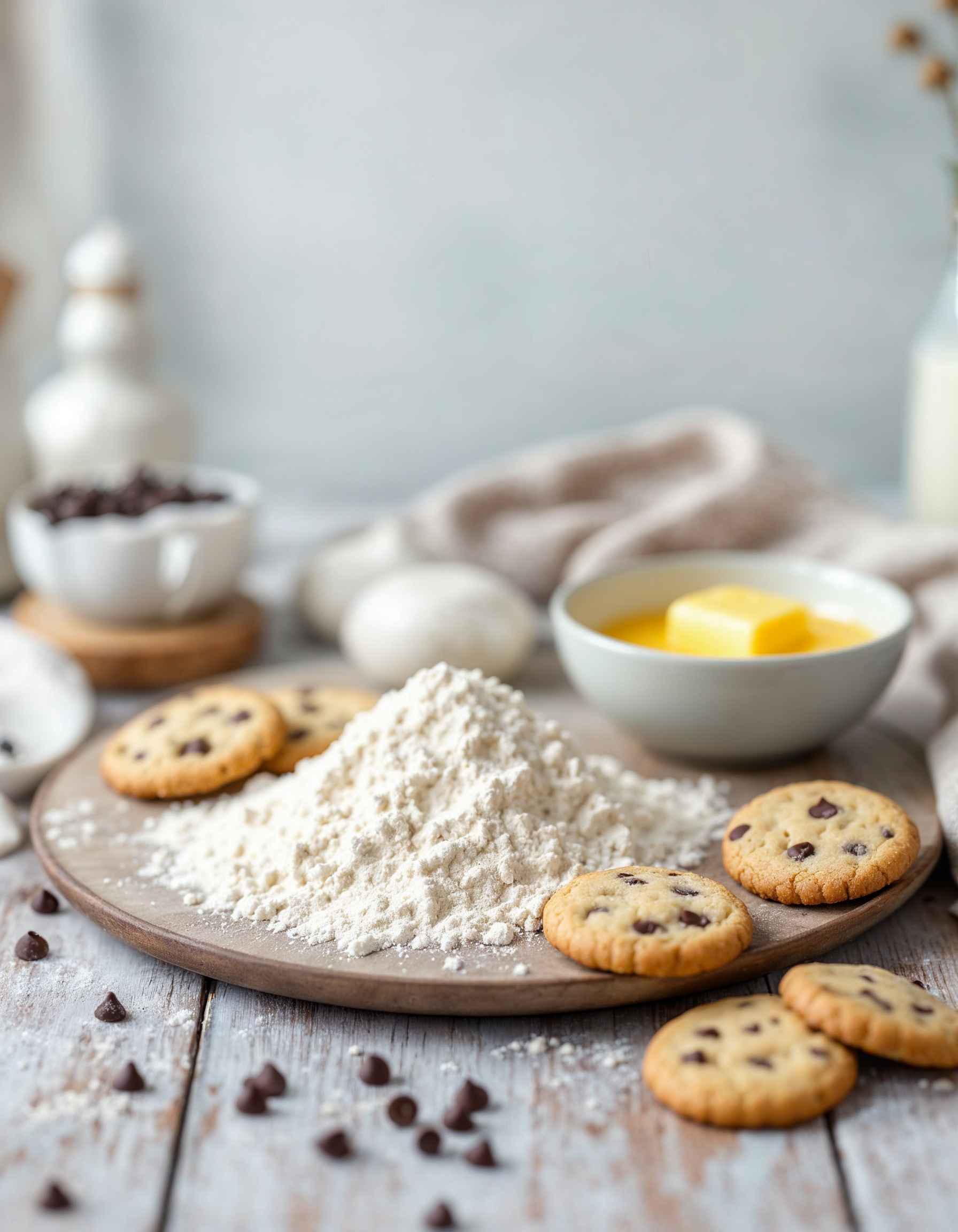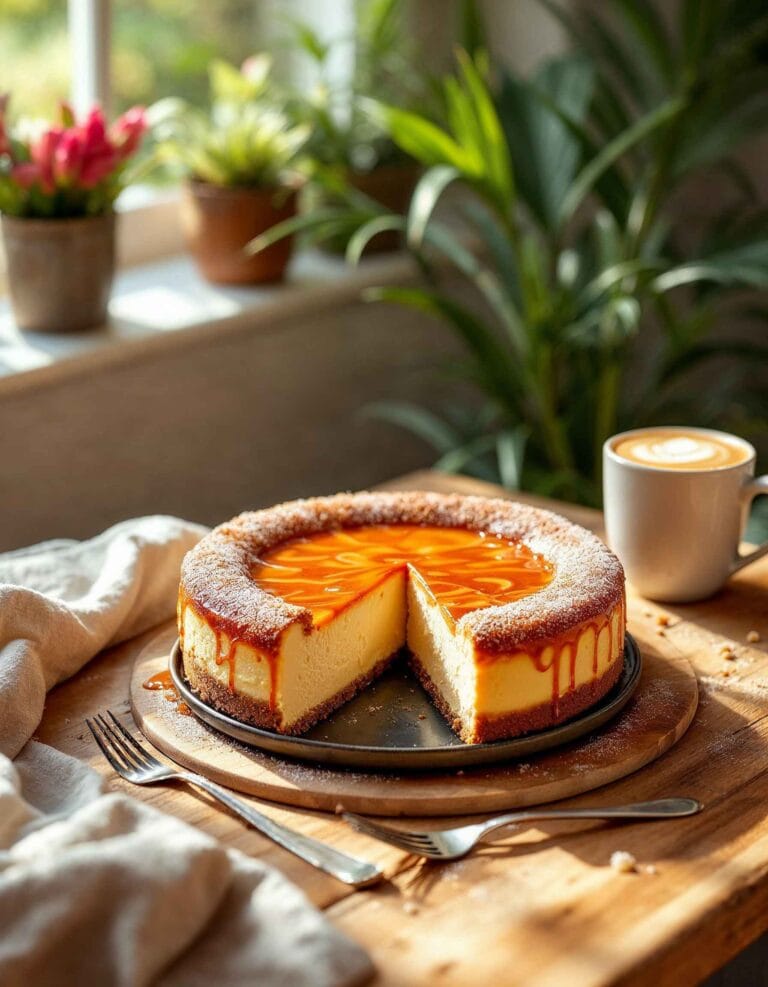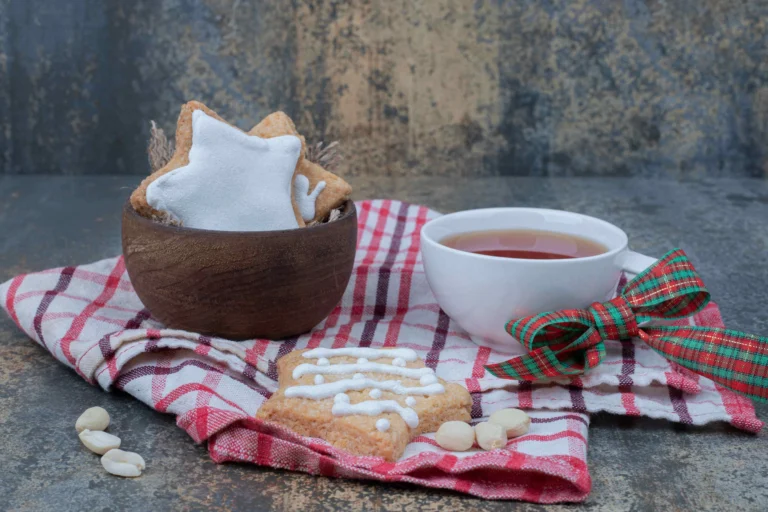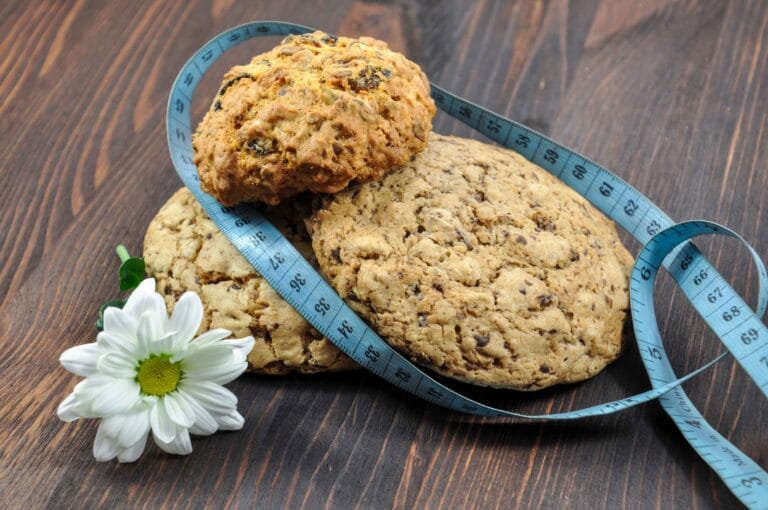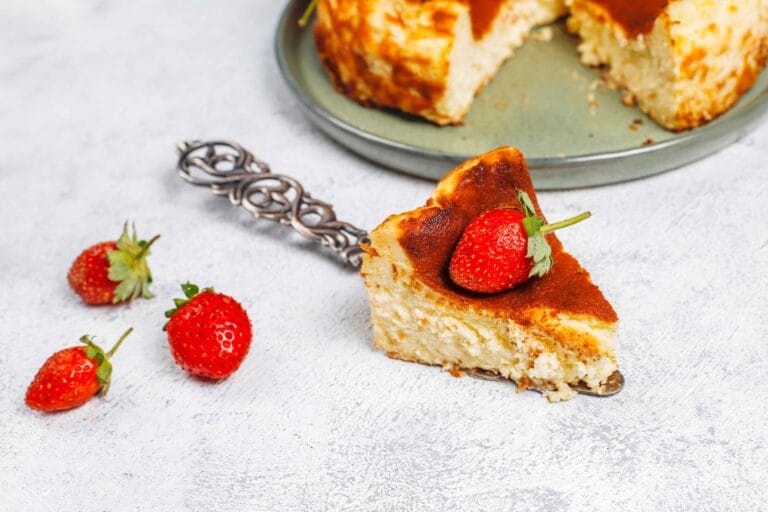The Secret Ingredient to Keep Cookies Soft
Cookies are one of the most beloved treats worldwide, and there’s something uniquely satisfying about biting into a cookie that’s perfectly soft and chewy. However, achieving this texture isn’t as simple as following any cookie recipe. Many home bakers struggle with cookies that end up dry, crumbly, or hard after they cool.
The secret to keeping cookies soft lies not just in how they are baked but also in the right combination of ingredients and storage techniques. In this article, we’ll uncover the science behind cookie softness, explore the key role of different ingredients, and reveal the one secret ingredient that can make all the difference in your baking. Whether you’re a seasoned baker or a newbie experimenting in the kitchen, this guide will help you create irresistibly soft cookies every time.
The Science Behind Soft Cookies
Achieving a perfectly soft cookie isn’t just about following a recipe; it requires understanding the science of baking. At its core, cookie softness depends on moisture content and how it is retained throughout the baking and cooling process. By managing the balance between ingredients, baking techniques, and storage methods, you can control the texture of your cookies.
Moisture Retention in Baking
Cookies remain soft because they retain moisture, even after baking. Here’s how it works:
- High Water Content Ingredients: Ingredients like eggs and butter contribute moisture. When baked at the right temperature, these ingredients evaporate less, preserving the softness.
- Baking Time and Temperature: Overbaking is the enemy of soft cookies. A slightly underbaked center allows cookies to set while remaining tender.
- Sugar and Hygroscopicity: Certain sugars, like brown sugar, are hygroscopic, meaning they attract and retain moisture. This characteristic is essential for maintaining softness.
The Role of Fats in Texture
Fats such as butter, shortening, or oil play a pivotal role in cookie texture. They coat the flour particles, limiting gluten development, which results in a tender crumb. While butter adds flavor, shortening can help retain softness due to its higher melting point. Combining the two is often a strategy used by experienced bakers to strike the perfect balance.
Why Cookies Go Hard
Cookies lose their softness over time primarily because of moisture loss. When exposed to air, the remaining moisture in the cookies evaporates, making them dry and hard. Additionally, the sugar in cookies crystallizes as they cool, creating a firmer texture. These natural processes are why proper ingredient choice and storage are vital.
The Chemistry of Cookie Ingredients
To truly understand why cookies turn out soft or hard, it helps to know how each ingredient interacts:
- Flour: Too much flour results in dense cookies; too little, and they spread excessively.
- Leaveners: Baking soda or baking powder creates tiny air pockets, contributing to a light texture.
- Eggs: These add structure while also introducing moisture, keeping the cookie tender.
With the foundation of baking science laid, we can now dive into the specific ingredients that make soft cookies possible. In the next section, we’ll uncover the key components that contribute to achieving the ultimate texture.
The Role of Ingredients
Baking the perfect soft cookie requires an understanding of the role each ingredient plays in the process. From fats to sugars and leaveners, every component interacts uniquely to contribute to texture, flavor, and moisture. By carefully selecting and balancing these ingredients, you can achieve cookies that are irresistibly soft and tender.
Fats – The Foundation of Softness
Fats are the cornerstone of cookie softness. Here’s how they contribute:
- Butter: Known for its rich flavor, butter creates a soft and chewy texture due to its water content, which contributes to steam during baking.
- Shortening: Unlike butter, shortening has a higher melting point, resulting in less spread and a softer cookie that retains its shape.
- Oil: Oil-based cookies, like those made with vegetable or coconut oil, often have a dense, moist texture due to the fat’s liquid state at room temperature.
For the best results, some bakers use a combination of butter and shortening to enjoy the flavor of butter and the texture benefits of shortening.
Sugars – More Than Just Sweetness
Sugars are critical for cookie texture. Each type of sugar influences the outcome differently:
- Brown Sugar: This sugar contains molasses, which adds both moisture and chewiness. Its hygroscopic nature helps retain water, making it the ideal choice for soft cookies.
- White Sugar: Granulated sugar contributes to crispiness. Using too much white sugar can lead to harder cookies.
- Honey or Syrups: These natural sweeteners are liquid and help to create soft, moist cookies. Honey, for example, is a humectant, meaning it attracts moisture and slows down staling.
A higher ratio of brown sugar to white sugar is a popular trick for achieving softer cookies.
Learn more about the purpose of brown sugar in baking cookies and why it’s essential for softness.
The Importance of Eggs
Eggs provide structure, moisture, and richness:
- Whole Eggs: The whites add structure, while the yolks contribute fat and flavor, promoting tenderness.
- Egg Yolks Only: Adding extra yolks without whites increases the fat content and creates a creamier, softer texture.
- Substitutes: For those avoiding eggs, options like applesauce or yogurt not only bind ingredients but also contribute to moisture.
Flour – Striking the Right Balance
The type and amount of flour determine the structure of your cookies:
- All-Purpose Flour: The most common choice, it strikes a balance between structure and softness.
- Cake Flour: With less protein than all-purpose flour, cake flour results in softer, lighter cookies.
Using too much flour leads to dense, dry cookies, so measure carefully and avoid overmixing, which can develop excess gluten.
Leaveners for Lightness
Leavening agents like baking soda and baking powder are responsible for giving cookies their rise and light texture:
- Baking Soda: Reacts with acidic ingredients like brown sugar or yogurt, creating carbon dioxide bubbles that expand in the oven.
- Baking Powder: Contains both an acid and a base, providing a double-action lift.
The right amount of leavening is essential; too much can cause cookies to spread too thin and lose their softness.
With these basics understood, it’s time to reveal the ultimate secret ingredient that guarantees soft cookies in the next section.
The Secret Ingredient for Soft Cookies
While many factors contribute to achieving soft cookies, one ingredient stands out for its unique ability to lock in moisture and enhance texture: cornstarch. This humble pantry staple may not seem extraordinary, but its impact on baking is nothing short of transformative. Let’s explore how cornstarch works and why it’s the ultimate secret weapon for soft cookies.
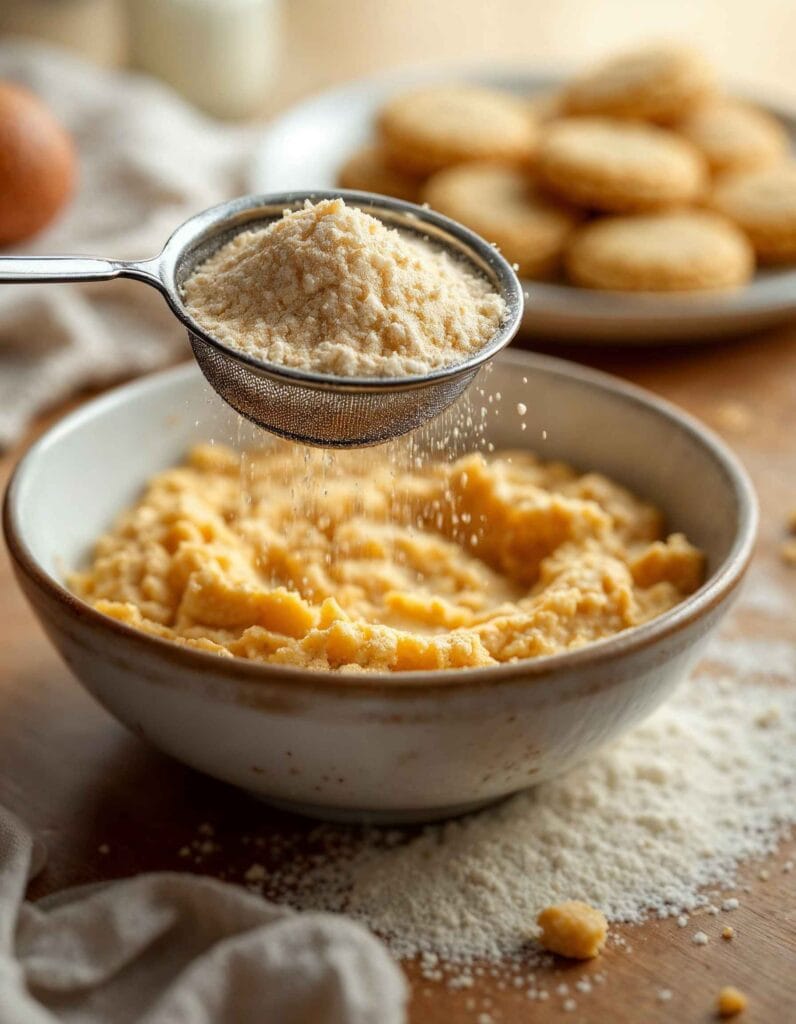
How Cornstarch Enhances Cookie Texture
Cornstarch is a fine, powdery substance derived from the starchy part of corn kernels. When incorporated into cookie dough, it brings several key benefits:
- Softens the Dough: Cornstarch interferes with gluten development, resulting in a softer, more tender texture.
- Adds Lightness: It creates a finer crumb, giving cookies a delicate, melt-in-your-mouth quality.
- Improves Moisture Retention: By reducing the overall protein content in the dough, cornstarch helps retain moisture during baking and cooling.
How to Use Cornstarch in Cookie Recipes
Incorporating cornstarch into your cookie recipes is simple. Here’s how to do it:
- Replace a Portion of Flour: Substitute 1-2 tablespoons of flour with cornstarch for every cup of flour in the recipe. This small adjustment can dramatically improve softness.
- Add Directly: Some recipes call for a small amount of cornstarch in addition to the usual flour measurement, usually around 1-3 teaspoons.
- Cornstarch in Premade Blends: Certain cake flour blends already include cornstarch, making them a convenient option for soft cookies.
Cornstarch in Combination with Other Ingredients
Cornstarch works particularly well when combined with other softness-enhancing ingredients:
- Brown Sugar: The moisture-retaining properties of brown sugar pair excellently with cornstarch, amplifying its effect.
- Egg Yolks: Adding extra egg yolks alongside cornstarch creates a rich, velvety texture.
- Butter and Shortening Mix: Cornstarch complements the fat content by reducing toughness in the dough.
Why Cornstarch is a Game-Changer
Cornstarch isn’t just about softness—it also improves the overall consistency of the cookie dough. It absorbs excess moisture, preventing overly sticky dough and ensuring an even spread during baking. This consistency makes it easier to shape the dough, whether you’re rolling it out for cutouts or scooping it for drop cookies.
Alternative Secret Ingredients
While cornstarch is incredibly effective, there are other lesser-known ingredients that can also enhance cookie softness:
- Cream Cheese: Adds fat and moisture, creating soft and chewy cookies with a slight tang.
- Pudding Mix: Instant pudding mix, particularly vanilla or chocolate, can make cookies incredibly soft and flavorful.
- Sour Cream or Yogurt: These dairy products add moisture and a slight acidity that softens the dough.
By experimenting with cornstarch and these alternative ingredients, bakers can create customized cookies that are perfectly tailored to their preferences.
In the next section, we’ll dive into best practices for baking soft cookies, from mixing techniques to baking tips.
Explore the best substitutes for brown sugar in cookies to ensure your treats stay soft and chewy.
Best Practices for Baking Soft Cookies
Creating soft cookies isn’t just about using the right ingredients—it’s also about perfecting your baking techniques. From mixing the dough to setting the oven temperature, every step plays a vital role in achieving that coveted texture. Here are some tried-and-true tips to elevate your baking game and consistently produce soft cookies.
Proper Mixing Techniques
The way you mix your ingredients can significantly affect the final texture of your cookies:
- Cream Butter and Sugar Properly: Beat the butter and sugar together until the mixture is light and fluffy. This process incorporates air, creating a softer and lighter cookie.
- Don’t Overmix the Dough: Once you add the flour, mix only until just combined. Overmixing develops gluten, which can make cookies tough.
- Fold in Ingredients Gently: For add-ins like chocolate chips or nuts, gently fold them into the dough to avoid overworking it.
The Importance of Chilling the Dough
Chilling the cookie dough before baking is a crucial step for soft cookies:
- Why It Works: Chilling solidifies the fat in the dough, which slows spreading during baking and helps retain moisture.
- How Long to Chill: For best results, refrigerate the dough for at least 30 minutes, but overnight chilling often yields even softer cookies.
- Bonus Tip: If you’re short on time, freezing the dough for 10-15 minutes can have a similar effect.
Baking Temperature and Timing
The oven temperature and baking time are pivotal in determining cookie texture:
- Use a Moderate Temperature: Baking at 325°F to 350°F is ideal for soft cookies, as lower temperatures allow the center to cook more slowly, retaining moisture.
- Avoid Overbaking: Remove cookies from the oven when the edges are set but the centers still appear slightly underbaked. They will continue to cook on the hot baking sheet after removal.
- Rotate the Baking Sheet: To ensure even baking, rotate the sheet halfway through the baking time, especially if your oven has hot spots.
Enhancing Softness During Cooling
The cooling process can also affect cookie texture:
- Cool on the Baking Sheet First: Leave cookies on the baking sheet for 2-3 minutes after removing them from the oven. This helps them set without losing moisture.
- Transfer to a Wire Rack: Allow cookies to finish cooling on a wire rack to prevent overcooking from residual heat.
Using Parchment Paper or Silicone Mats
Lining your baking sheets with parchment paper or silicone mats prevents cookies from sticking and promotes even baking. These surfaces also help retain moisture by reducing direct contact with the hot baking sheet.
Testing and Adjusting Recipes
If your cookies aren’t as soft as you’d like, try these adjustments:
- Reduce Baking Time: Shave 1-2 minutes off the baking time for softer centers.
- Increase Brown Sugar: Adjust the sugar ratio in favor of brown sugar for added moisture.
- Add Extra Yolks: Include one additional egg yolk to boost richness and softness.
By combining these techniques with the right ingredients, you can achieve consistently soft cookies that are sure to impress.
In the next section, we’ll cover additional tips for maintaining cookie softness, including storage methods and reheating tricks.
Other Tips for Maintaining Softness
Once you’ve baked the perfect batch of soft cookies, the next challenge is keeping them that way. Proper storage and handling can ensure your cookies remain moist and tender for days. From airtight containers to reheating techniques, here are practical tips to maintain the softness of your cookies.
Store in Airtight Containers
Air exposure is the primary cause of cookies becoming hard and stale. Storing them correctly is key:
- Use Airtight Containers: Place cookies in a container with a secure lid to trap moisture. Avoid leaving them in open spaces like on a plate.
- Layer with Wax Paper: If stacking cookies, place wax or parchment paper between layers to prevent sticking and crumbling.
- Include a Moisture Retainer: Add a slice of bread or a dampened paper towel wrapped in wax paper to the container. The cookies will absorb the moisture, staying soft for longer.
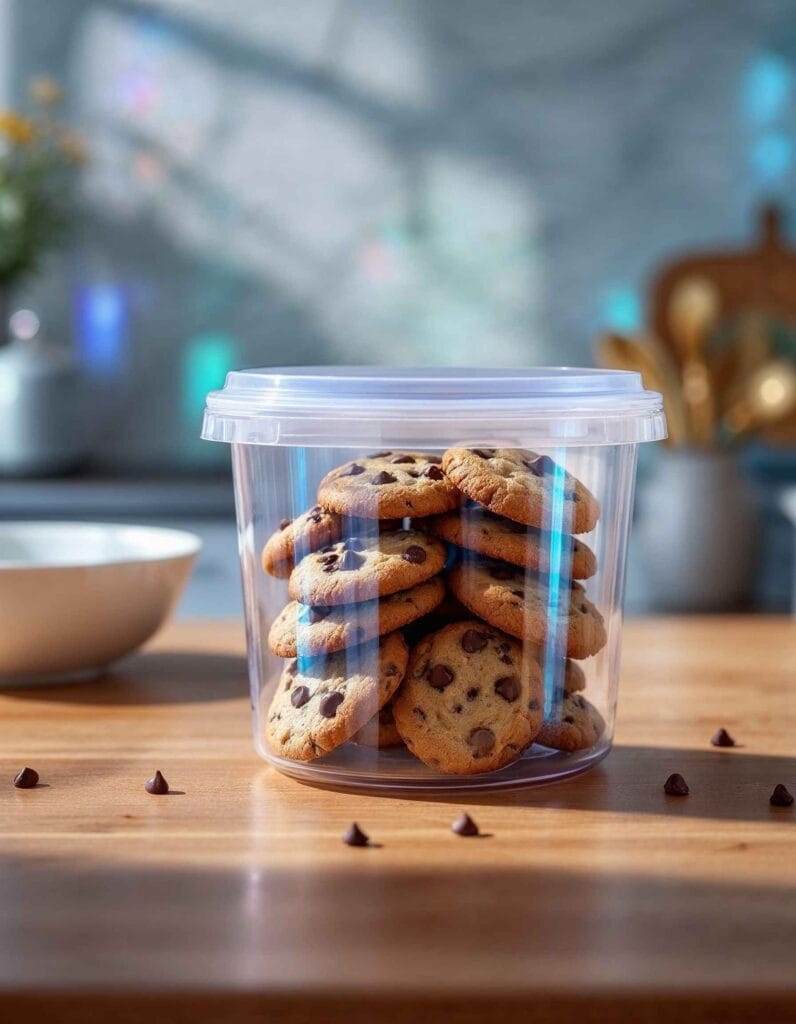
Ideal Storage Conditions
The environment in which you store cookies also affects their texture:
- Room Temperature: Soft cookies are best stored at room temperature in an airtight container for up to a week.
- Refrigeration: While refrigeration slows spoilage, it can dry out cookies. If you must refrigerate, seal them tightly and let them come to room temperature before eating.
- Freezing: To extend shelf life, freeze cookies in a freezer-safe bag or container. Thaw them at room temperature to regain their softness.
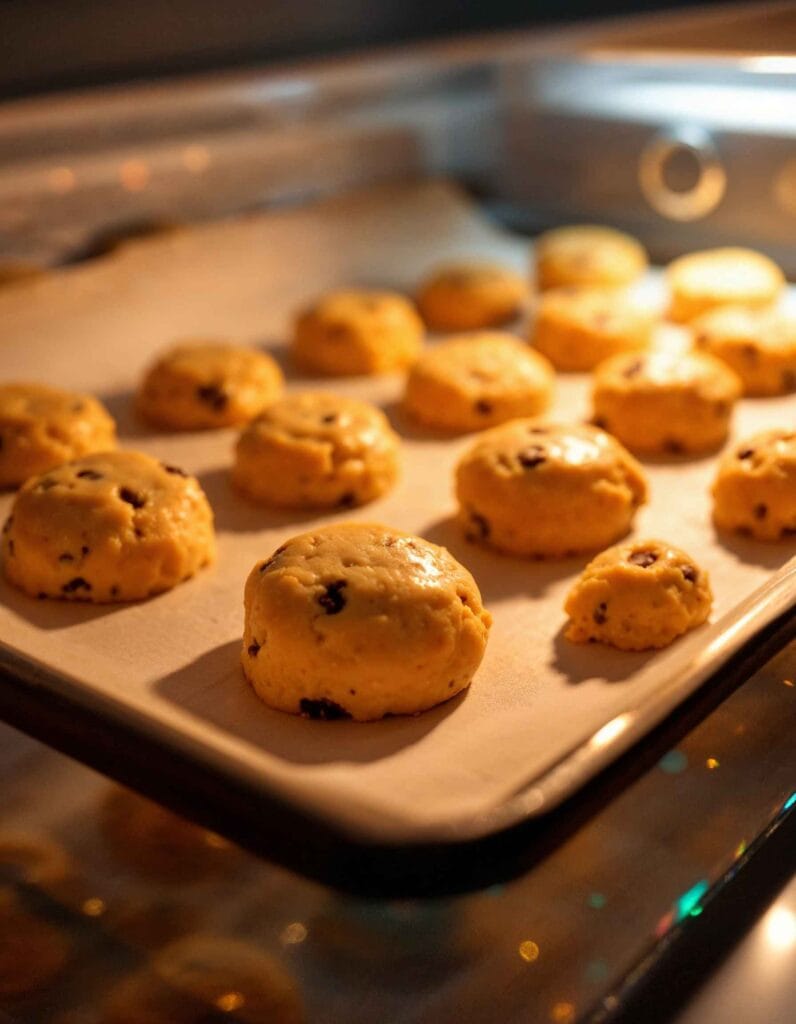
Reheating to Restore Softness
If your cookies start to harden, reheating can bring them back to life:
- Microwave Method: Wrap a cookie in a slightly damp paper towel and microwave for 10-15 seconds. This reintroduces moisture.
- Oven Method: Warm cookies in a 300°F oven for 2-3 minutes to soften them while maintaining their texture.
- Steam Method: Place cookies in a container over a bowl of hot water for a few minutes to infuse moisture.
Preventing Overexposure to Air
To avoid hardening, ensure your cookies are sealed immediately after cooling. Leaving them out too long after baking causes the moisture to evaporate, leading to dryness. Use resealable bags or plastic wrap if containers aren’t available.
Tips for Shipping Cookies
If you’re gifting or shipping cookies, keep these tricks in mind:
- Choose Moist Cookies: Softer cookies like chocolate chip or oatmeal raisin ship better than crisp varieties.
- Vacuum Seal or Wrap Individually: This minimizes air exposure and keeps each cookie fresh.
- Pack with Padding: Use bubble wrap or tissue paper to protect the cookies from breaking and drying out during transit.
Experiment with Storing Dough Instead of Baked Cookies
For ultimate freshness, consider freezing cookie dough instead of the finished cookies:
- How to Freeze Dough: Portion the dough into balls and freeze on a baking sheet. Once solid, transfer to a freezer bag.
- Baking from Frozen: Frozen dough can go straight into the oven. Add 1-2 minutes to the baking time, and you’ll have fresh, soft cookies anytime.
Long-Term Strategies for Soft Cookies
To consistently bake and store soft cookies, adopt these habits:
- Always measure ingredients accurately.
- Avoid overbaking by closely monitoring cookies in the oven.
- Experiment with small recipe tweaks to suit your taste and environment.
FAQs: What is the Secret Ingredient to Keep Cookies Soft?
1. What is the trick to making soft cookies?
The trick to making soft cookies involves using the right combination of ingredients and techniques. Key steps include using brown sugar for moisture, adding an extra egg yolk for richness, incorporating cornstarch to tenderize the dough, and slightly underbaking the cookies to retain moisture. Chilling the dough before baking also helps maintain a soft texture.
2. How do you keep cookies from getting hard after baking?
To keep cookies from getting hard after baking, store them in an airtight container immediately after they’ve cooled. Adding a slice of bread or a piece of wax paper with a damp towel inside the container helps retain moisture. Avoid leaving cookies exposed to air for too long, and consider reheating them gently in the microwave to restore softness if needed.
3. What makes cookies chewy and not hard?
Cookies are chewy instead of hard due to the use of ingredients like brown sugar, which retains moisture, and fats like butter or shortening. Eggs, especially extra yolks, add richness that enhances chewiness. The baking technique, such as slightly underbaking and allowing the cookies to cool on the baking sheet, also contributes to a chewy texture.
4. What ingredient keeps cookies soft?
Cornstarch is the secret ingredient that helps keep cookies soft. It interferes with gluten development, creating a tender and delicate texture. Other moisture-retaining ingredients, like brown sugar, honey, or molasses, also play an important role in keeping cookies soft and moist.
Conclusion
Soft cookies are a true baking delight, and achieving the perfect texture is both an art and a science. By understanding the role of ingredients like cornstarch and mastering essential baking techniques, you can consistently produce soft, chewy cookies that stay delicious for days. With proper storage methods and a little care, your cookies will remain fresh and tender, ready to be enjoyed by family and friends.
Happy baking!

